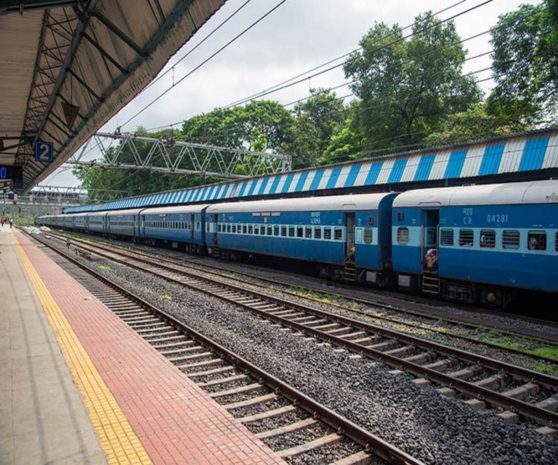Progressive Supranuclear Palsy. Sita Dahal, wife of Nepal’s Prime Minister Pushpa Kamal Dahal alias Prachanda, died on Wednesday from a rare disease called Progressive Supranuclear Palsy (PSP). Progressive Supranuclear Palsy is a rare disease from which Sita Dahal was suffering from a long time. According to the research done so far, Progressive Supranuclear Palsy disease makes only 5 or 6 people out of one lakh people a victim.
Know what is Progressive Supranuclear Palsy
The symptoms of PSP are similar to those of Parkinson’s disease, but the disease is very different from Parkinson’s. The patient suffering from this disease dies between 6 to 9 years. The risk of pneumonia in patients remains constant and reaches fatal levels. This is the reason why progressive supranuclear palsy (PSP) is considered a rare and chronic neurodegenerative disorder characterized by damage to certain areas of the brain.
what is the effect on the patient
PSP affects the patient’s ability to walk, think, swallow and move the eyes. Due to the appearance of symptoms like Parkinson’s disease, earlier this disease is considered to be Parkinson’s, but after a lot of research, this disease came to be known. This condition usually affects people over the age of 60. It rarely develops before the age of 40.
There are four types of PSP
Even a rare disease like PSP has 4 different types, each of these types has some 4 unique differences. The two most common types are Richardson’s syndrome and PD-like variant (PSP-P), which means variant resembling Parkinson’s disease.
These symptoms are seen in PSP disease
Patients suffering from this disease have problems with walking and balance, problems with speech, memory and thinking problems, and difficulty with eye control.
PSP treatment
Oral medications are usually given in case of Progressive Supranuclear Palsy. Apart from this, the eyes are also treated. The severity of the disease is ascertained through percutaneous endoscopic gastrostomy.




